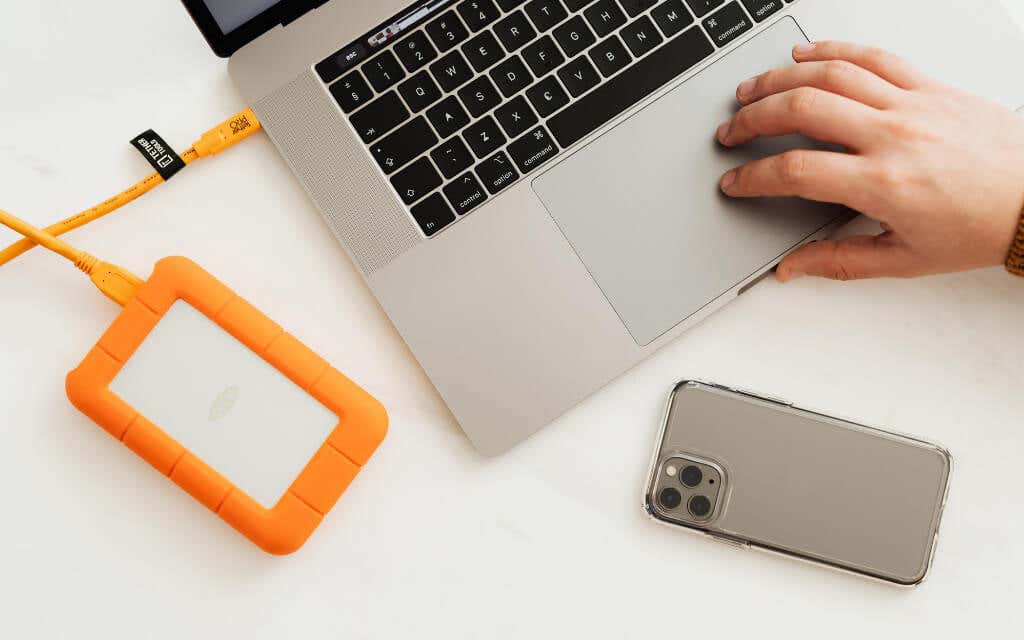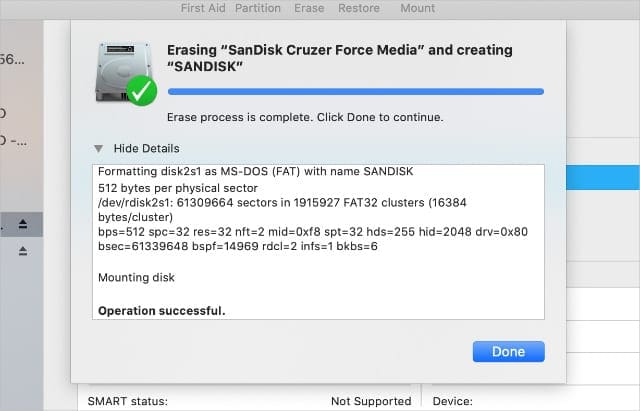

- #HOW TO FORCE MOUNT HARD DRIVE MAC FOR MAC#
- #HOW TO FORCE MOUNT HARD DRIVE MAC MAC OS X#
- #HOW TO FORCE MOUNT HARD DRIVE MAC INSTALL#
- #HOW TO FORCE MOUNT HARD DRIVE MAC PRO#
OS X offers a very nice graphical user interface to verify and repair your hard drive, located in the Utilities folder. From a terminal window, run the following command to create a mount point at /Volumes/NTFS. On the “Finder Preferences” window, click the General tab. Go to Applications → Utilities → Disk Utility.
#HOW TO FORCE MOUNT HARD DRIVE MAC FOR MAC#
Format an External Disk or Flash Drive for Mac in Maverics. Run this command to find the name of your hard drive, for use in the subsequent commands: $ ls /Volumes In the example commands below the name of the hard drive is Hard Drive. To unmount a hard drive in Gnome Disks, start by looking at the left-hand sidebar. Select the untitled Mac hard drive and click the "Mount" button from the Disk Utility bar.
#HOW TO FORCE MOUNT HARD DRIVE MAC PRO#
Start the Mac with the damaged volume in FireWire Target Disk Mode again, and connect it to the MacBook Pro as an external FireWire drive.

When the drive is mapped, it appears on the desktop as a mounted drive or under Locations in a Finder window. Try "diskutil mount /dev/disk1s2" in terminal (without quotes) and it should mount that drive for you. Click on your flash drive under External over on the side panel. Select the new drive and click the Partition tab. To fix that, go to Finder and click on the Finder button in the menu bar at the top of the screen. With the help of USB drive, connect the external drive which was earlier startup-drive to the Mac through the port of it. Note that, depending on the filesystem type, state and kernel behavior, the system may still write to the device.
#HOW TO FORCE MOUNT HARD DRIVE MAC INSTALL#
To perform a clean install of macOS Monterey, follow these steps: Backup your current installation and any personal files. Be sure it is the latest version that fully supports running on Leopard. Wait for a few seconds until you see the last line written as “Localhost: root#”. Quit System Preferences and restart your Mac. Once the disk is unmounted, click on the “Erase” button. … Open Terminal, which is in the Utilities folder of your Applications folder. The disk I was referencing in the mount command was incorrect. This is easily done at the command line by typing the following command: diskutil list. Release the keys once you see white text.

Write to the NTFS-formatted disk directly as you are using a Mac-friendly external storage device.
#HOW TO FORCE MOUNT HARD DRIVE MAC MAC OS X#
How To: Install a serial ATA hard drive in a G5 Power Mac How To: Repair an Intel Mac Mini - Hard drive removal How To: Do more with the Sidebar in the Mac OS X Finder How To: Use the basics of the Mac OS X Finder How To: Restore a deleted file on your computer How To: Install a hard drive in a Mac Mini server Click +. Drive mounting can be done manually using Disk Utility found under Utilities folder. Generally, mounting is an automatic process and happens when the hard drive is connected to Mac. Mounting a disk simply means to make the disk available for OS X to perform read and write operations on it. This runs fsck with the -f flag, which forces it to check journaled file systems like HFS+, as well as the -y flag, which automatically says “yes” to any prompts that fsck may encounter. I plugged in my Samsung T5 drive and combined with the internal SSD drive of the Mac Mini to form a new Fusion Drive. As you can see from the example the USB hard drive is seen as device sdc and has one partition (sdc1) so this external hard drive and partition is device: /dev/sdc1.

Then you can proceed to the “Partition” option.


 0 kommentar(er)
0 kommentar(er)
